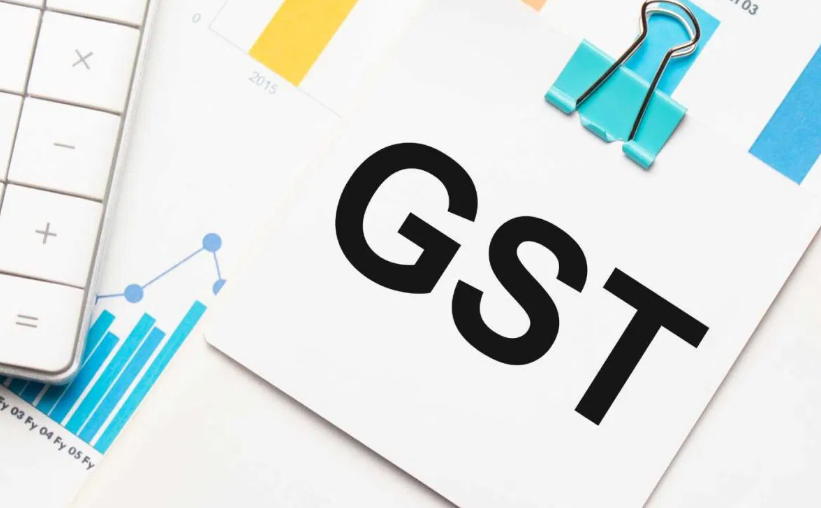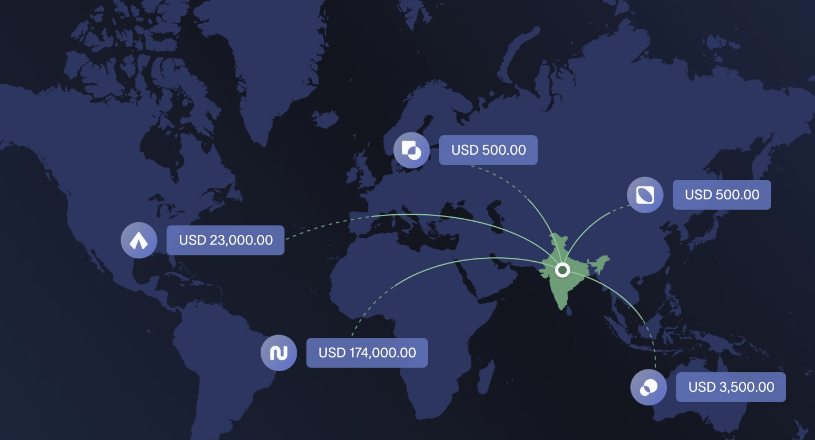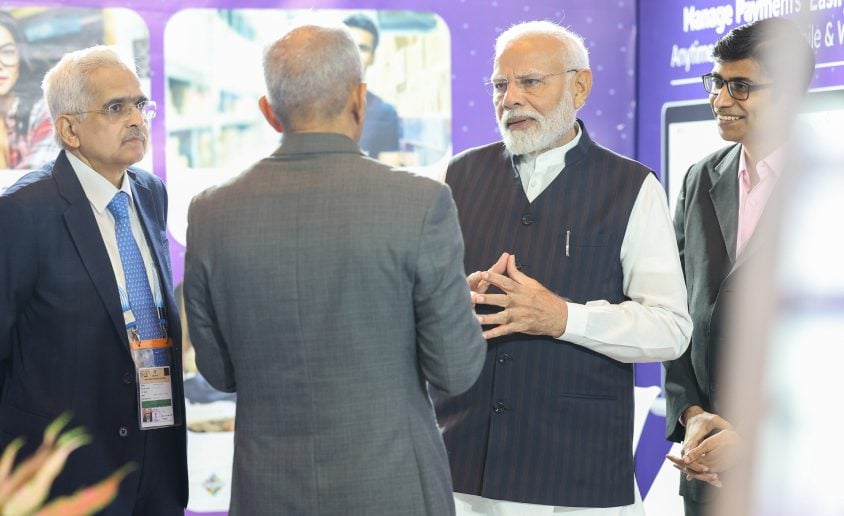Indian exporters are always looking for ways to streamline their operations, but the world of GST on exports can often feel overwhelming. The prospect of paying Integrated Goods and Services Tax (IGST) upfront, only to wait months for a refund, can be a major source of anxiety and a drain on working capital.
But what if you didn’t have to pay IGST at all?
This is where the Letter of Undertaking (LUT) comes in. An LUT is your key to a faster, smoother, and more profitable export journey. It allows you to ship goods and services overseas without paying IGST, provided you meet the necessary conditions. In this guide, we’ll demystify the LUT, explain why it’s crucial for your business, and show you exactly how to apply for it.
What is LUT and Why Do Exporters Need It?
A Letter of Undertaking (LUT) is a document that permits a registered taxpayer to export goods or services without paying IGST. This is one of the two options available under the GST regime for zero-rated supplies. The other option is to pay the IGST initially and then claim a refund later.
The difference between these two approaches is significant for an exporter’s cash flow. Without an LUT, your capital is tied up in tax payments, which can take time to be processed and refunded. With an LUT, you avoid this blockage of funds entirely, making the export process faster and more cost-effective.
This benefit is why every eligible exporter should prioritize filing an LUT. It not only saves money and time but also reduces administrative hassle, allowing you to focus on growing your business.
Who Can Apply for an LUT?
You may apply for a Letter of Undertaking if you meet the following criteria:
- You are a registered taxpayer under GST.
- You are an exporter of goods or services.
- You have not been prosecuted for tax evasion for an amount exceeding ₹2.5 crore under the CGST Act.
- Your business involves zero-rated supplies, which include exports to countries outside India and to Special Economic Zone (SEZ) units.
This option is available to a wide range of businesses, including independent professionals and software service providers who earn income from foreign clients.
Why is an LUT a Game-Changer for Exporters?
Filing an LUT provides several critical advantages that directly contribute to the financial health and operational efficiency of an export business:
- Improved Cash Flow: The most significant benefit is the avoidance of upfront IGST payment. This keeps your working capital free, allowing you to invest in inventory, operations, and business expansion instead of waiting for a tax refund.
- Reduced Paperwork and Administrative Hassles: Opting for an LUT eliminates the need to file complex GST refund applications. The process is streamlined, saving you valuable time and effort that can be redirected to core business activities.
- Competitive Pricing: By removing the tax cost from your exports, you can offer more competitive pricing to international buyers, which is a major advantage in the global market.
- Year-Long Validity: An LUT is valid for an entire financial year (April 1st to March 31st). You only need to file it once a year to cover all your export transactions for that period.
LUT vs. Bond: What’s the Difference?
If your business does not qualify for an LUT, you must furnish a Bond to export without paying IGST. While both serve the same purpose of allowing tax free exports, they differ in a few key ways.
| Feature | Letter of Undertaking (LUT) | Bond |
| Eligibility | Available to most compliant exporters with no history of significant tax evasion. | For exporters who are not eligible for an LUT, such as those who have faced prosecution for tax evasion. |
| Security | No security or bank guarantee is required. It is based on a promise of compliance. | Requires a bank guarantee as security, usually up to 15% of the bond amount. |
| Filing | Filed online through the GST Portal. | Filed manually with the jurisdictional GST officer, requiring physical documents. |
| Financial Impact | Does not block any working capital. | Can block working capital due to the bank guarantee and associated costs like stamp duty. |
For all eligible exporters, the LUT is the clear choice as it is a far simpler, faster, and more cost effective option.
Step by Step Guide to Filing LUT Online
The entire process of filing an LUT is now done digitally on the official GST portal, making it quick and hassle-free.
Step 1: Log in to the GST Portal
- Go to the official GST website: www.gst.gov.in.
- Log in using your GSTIN, username, and password.
Step 2: Navigate to the LUT Filing Section
- From your dashboard, go to SERVICES > User Services > Furnish Letter of Undertaking (LUT).
Step 3: Fill in the Application Details
- Select the Financial Year: Choose the financial year for which you are filing the LUT (e.g., 2025-26).
- Upload Previous LUT: If this is a renewal, you will need to upload a copy of your manually filed LUT from a previous period, if applicable.
- Self-Declaration: Read and tick all the self-declaration checkboxes, which commit you to:
- Exporting the goods/services within three months of the invoice date.
- Abiding by all GST laws and rules.
- Paying IGST with 18% interest if the export is not completed on time.
- Provide Witness Details: You are required to provide the name, occupation, and address of two independent witnesses.
Step 4: Sign and Submit the Form
- Select the Authorized Signatory from the dropdown list.
- Enter the place where you are filing the application.
- Choose a submission method:
- Digital Signature Certificate (DSC): This is mandatory for Companies and Limited Liability Partnerships (LLPs).
- Electronic Verification Code (EVC): This is for all other types of entities, such as proprietorships and partnership firms. An OTP will be sent to your registered mobile number and email address.
Step 5: Download the Acknowledgment
- Upon successful submission, an Application Reference Number (ARN) will be generated.
- Download the acknowledgment and the submitted LUT document for your records. This is proof of your valid LUT.
An LUT is valid for one financial year, so you must file a fresh LUT at the beginning of every financial year to continue exporting without paying IGST.
The Alternative: Paying IGST and Claiming a Refund
For exporters who cannot or choose not to file an LUT, the law provides a second option: pay IGST on the exports and then claim a refund. The process for this has been made straightforward.
- The shipping bill itself is considered the refund claim.
- To trigger the refund, you must accurately file your GSTR-1 and GSTR-3B returns. The details of your export invoices, including the IGST paid, must be correctly entered in Table 6A of your GSTR-1.
- The data from your GST returns is then matched with the export manifest filed on the ICEGATE portal by customs authorities.
- Once the details match, the refund is processed directly by the department to your bank account.
While this process is automated, it still involves paying the tax upfront and waiting for the refund to be processed, which can affect your working capital.
Conditions to Note for LUT and Bonds
Whether you use an LUT or a Bond, there are specific conditions you must adhere to:
- Export Deadline: Goods must be exported out of India within three months of the date of the export invoice. If this deadline is missed, you are liable to pay IGST along with interest.
- Payment for Services: For services, payment must be received in convertible foreign exchange within one year from the date of issue of the invoice.
- Running Bond: When furnishing a Bond, you can opt for a “Running Bond.” This single bond can be used for multiple transactions up to a specified value, which simplifies the process compared to a separate bond for each shipment.
Conclusion
For Indian exporters, the choice between paying IGST upfront or using an LUT is clear. The Letter of Undertaking simplifies compliance, eliminates cash flow blockages, and accelerates the entire export process. By understanding the eligibility criteria and following the simple online filing procedure, you can leverage the LUT to make your export transactions more efficient and profitable. Don’t let IGST hold you back; use the LUT to export more smartly.
Simplify Your Global Payments with BRISKPE
A modern payment platform is essential for managing the financial side. BRISKPE is a cross-border payments platform designed specifically for exporters, freelancers, and MSMEs. With BRISKPE, you can receive international payments with a flat fee and transparent forex rates, ensuring you get the best value for your earnings. BRISKPE’s integrated solution helps you manage the entire payment process seamlessly, so you can focus on expanding your business.








